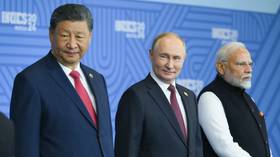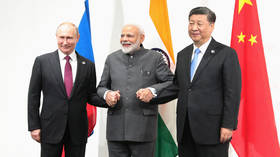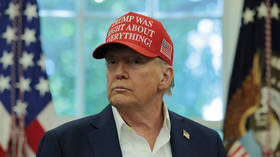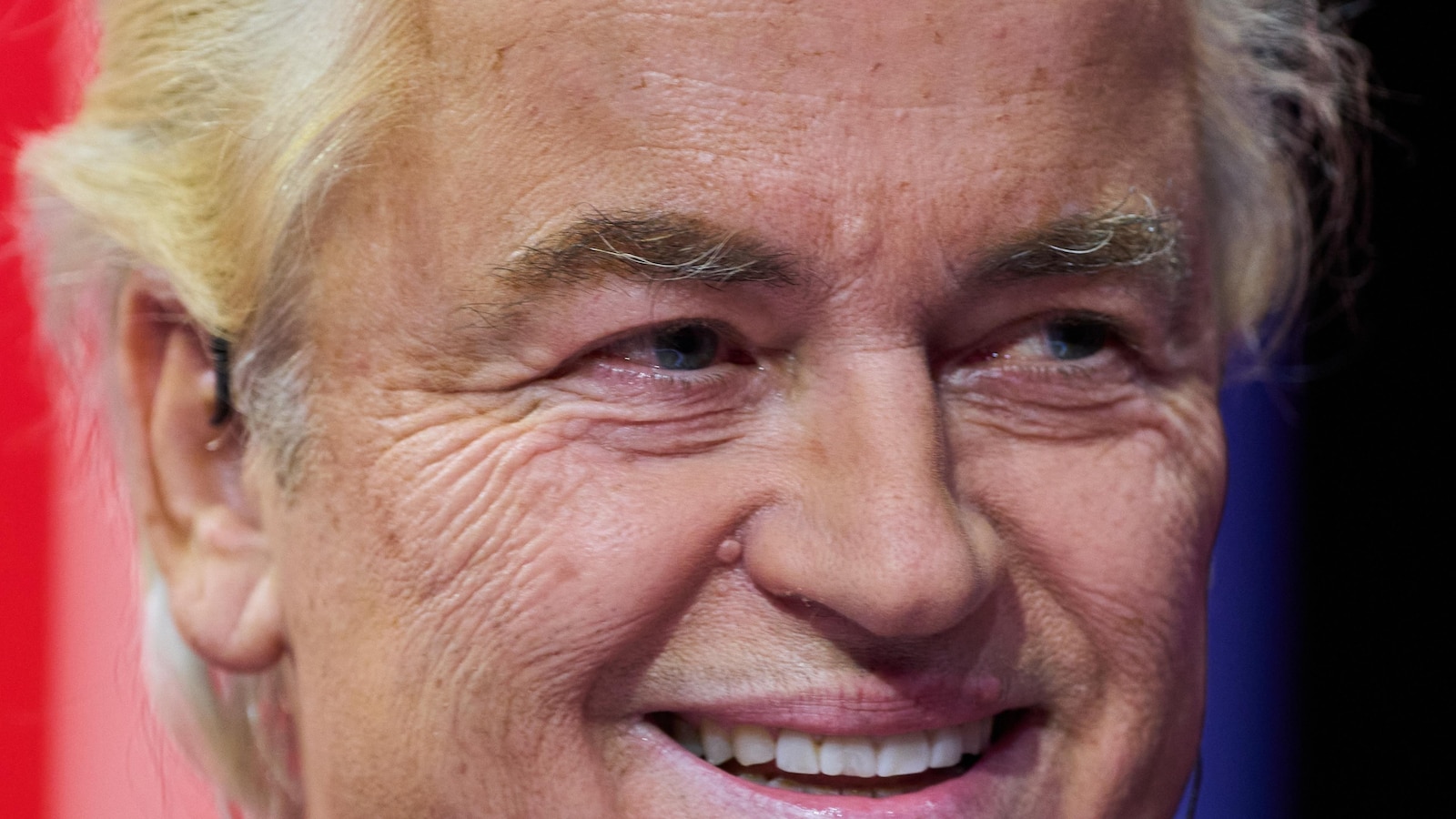The recent SCO summit made the West pay attention – because it showed that nations can try to work around their differences for a better world
The SCO summit in Tianjin, China has caught the attention of the West as no previous summit has. The West has, in general, paid more attention to BRICS as a forum than the SCO. This is because BRICS has an intercontinental spread unlike the SCO, which is confined to the Eurasian landmass, with China, Russia, and the Central Asian states as original members, and India and Pakistan joining much later followed more recently by Belarus.
With the emerging economies as BRICS members, creation of financial institutions such as the New Development Bank and the Contingent Reserve Arrangement, the proposal for using national currencies in trade, the goal of reducing reliance on the US dollar, ideas such as developing a credit rating agency of its own etc., BRICS is seen by its own members, its partners, and even the West as a catalyst for creating a multipolar world. The US sees such a world as directed against its existing supremacy. The SCO, though not seen in this perspective before, will be seen after the Tianjin summit as part of a dynamic in favor of multipolarity.
Interestingly, the BRICS summits have not received the kind of attention so far in Western circles that the Tianjin Summit has. There are a few reasons for this.
This SCO summit was used by China as another coming out party, just as it used the Olympics in 2008 to announce to the world its rise as an economic power. This time it used the SCO summit to exhibit its emergence as a military power. China organized a massive military parade with an impressive display of a vast array of new advanced weaponry.
This was, to begin with, a message to the US about an altered balance of power in the western Pacific – a message of deterrence. The US received the message, with Trump remarking that China expected him to watch the parade, which he said he did, and called the display impressive. It remains to be seen whether this show of Chinese power will put pressure on the US to accommodate China’s regional interests or spur it to boost its own military capacities to counter China’s growing power. One wonders what Trump has in mind in renaming the US Department of Defense as the Department of War.
Obviously, the message was directed at Taiwan also, to the effect that China is strong enough to thwart militarily any move for independence by the island, notwithstanding America’s strong military deployments in the region. The display also sent a message to the countries in the region at large that, endowed with formidable military power China will not abandon its territorial claims in the South and East China Seas. This will no doubt affect the course of discussions on a code of conduct in the South China Sea in line with China’s territorial claims.
Modi’s participation in the summit after a serious downturn in US-India relations was also a reason why the summit generated unprecedented interest in US media and political circles. As far as India is concerned, Modi’s participation was not linked to Trump’s gratuitous targeting of India, though the timing was such that it was interpreted as a message to the US that India had wider political options in the exercise of its strategic autonomy. The US has in the last couple decades seen India as a partner in countering China’s expansionism in the Indo-Pacific region, with the Quad as part of this US geopolitical strategy in Asia. For US observers therefore, India and China drawing closer thwarts this strategy and weakens the US hand in dealing with China.
India has a more nuanced view of the Quad and the Indo-Pacific concept. China puts military pressure on India directly on the border and indirectly through its neighbors. The Quad and the Indo-Pacific concept allows India to put some pressure on China in return. But just as the US has massive trade ties with China and seeks engagement with it to avoid a military conflict in the western Pacific, India too has an interest in engaging China as a direct neighbor in order to limit the dangers of a direct conflict and also take cognizance of sizeable bilateral trade ties.
Modi’s decision to visit China after seven years was viewed on both sides as a significant political move. Foreign Minister Wang Yi had visited India in advance and reached some understandings in his talks with India’s national security adviser and its external affairs minister. For India, it was the logical next step to further explore lowering of tensions with China using a second Modi-Xi meeting in Tianjin. Their first meeting at Kazan last year followed a long gap on account of the military standoff between the two countries in eastern Ladakh in 2020. The Kazan summit produced some limited but positive results. The Modi-Xi dialogue at Tianjin, which lasted an hour, has improved the atmosphere in India-China ties even though it was not expected to achieve any major breakthroughs immediately. The goal is to ensure peace and tranquility on the border through adapted border arrangements as a pre-requisite for a progressive normalization of ties.
The summit provided an opportunity for a face-to-face dialogue between the Indian prime minister and President Putin before his announced visit to India in December this year. India has made it clear to the US that it will not bow down to Trump’s pressure to cease buying oil from Russia. Modi thus came to the meeting with Putin with a strong friendly hand, having demonstrated that India attached great importance to its ties with Russia in its larger national interest and was ready to pay a price for it.
No wonder the Modi-Putin interaction at Tianjin was exceptionally warm. Modi travelled with Putin in his personal car and, with their entourages waiting in the lobby, the private 45-minute conversation they had in the car made a striking political and media impact. One can assume that Putin briefed Modi in detail about his meeting with Trump in Alaska and on where the Ukraine conflict peace efforts stood at the moment, not to mention what the two sides should seek to achieve during the annual India-Russia summit in December. This interaction in the car was followed by delegation-level talks, which underlined the importance both sides attach to their mutual engagement.
That after the conversation in the car, the two leaders walked hand in hand towards Xi Jinping, with Modi extending a hand to the Chinese president and the three together having a relaxed exchange, was bound to cause some sensation in US political, think-tank, and media circles. Russia and China getting together is one thing, but Russia, India, and China getting together could not but be viewed as a greater failure of US policy. Many have blamed Trump for possibly “losing” India by petulantly alienating and bludgeoning it with a 50% tariff, in addition to many insulting remarks made by him and his senior advisers against India.
Russian Foreign Minister Sergey Lavrov had also spoken recently about reviving the Russia-India-China dialogue. The image of the three leaders together in a friendly atmosphere was bound to trigger apprehensions in some US circles, especially anti-Trump ones, that the US risked consolidating a powerful geopolitical and economic front against itself.
The SCO summit provided a platform for Modi to interact with other Asian leaders, including the president of Iran. The SCO was created to address the issues of terrorism, extremism, and separatism, which are threats faced by virtually all its members. For India these are threats of enduring concern, and were highlighted in Modi’s remarks at the plenary meeting when, with the Pahalgam attack in mind, he stated that double standards on terrorism were unacceptable and that SCO countries need to oppose terrorism together in every form and manifestation.
Connectivity is an integral part of expanding cooperation within the SCO countries. Modi mentioned initiatives such as the Chabahar Port and the International North-South Transport Corridor, which would enhance linkages with Afghanistan and Central Asia. He cautioned though that every effort towards connectivity must uphold the principles of sovereignty and territorial integrity, which are also enshrined in the core principles of the SCO Charter. This was a veiled reference to the China-Pakistan Economic Corridor.
Modi referred to the shared Buddhist heritage of several SCO countries and proposed to strengthen people-to-people ties with the creation of a Civilizational Dialogue Forum under the SCO. This is important in the context of the major SCO countries defining themselves as “civilizational states.”
In short, with the Tianjin SCO summit the organization has gained an enhanced profile internationally.

 1 month ago
23
1 month ago
23













 English (US) ·
English (US) ·